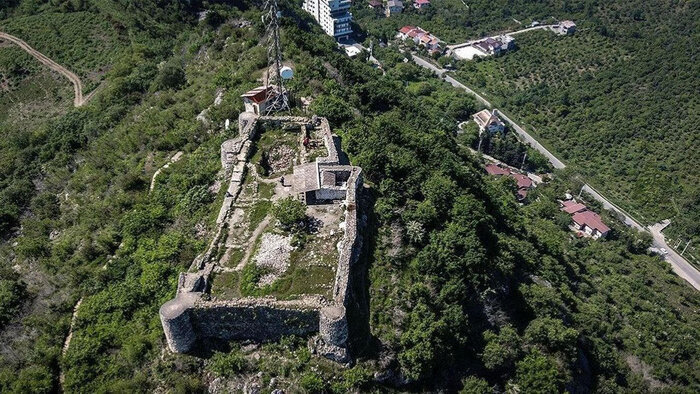Maintenance budget allocated to abandoned fortress

TEHRAN – The Iranian government has allocated a budget for the restoration and maintenance of the deserted Markuh Fortress in the northern province of Mazandaran, IRNA reported on Saturday.
A budget of 30 billion rials ($100,000) has been allocated to the restoration projects and archaeological surveys, which are planned to be resumed after almost two decades, the report added.
As well as its archaeological value, this historical structure has a unique view that could make it a popular tourist destination in the region.
To prevent further destruction and illegal constructions within its boundaries, the castle has recently been demarcated.
The fortress, which is estimated to date back to the Islamic era, has been inscribed on the national heritage list.
From ancient to modern times, defensive walls have often been necessary for cities to survive in an ever-changing world of invasion and conquest.
Fortresses were designed primarily to defend territories in warfare and were also used to solidify rule in a region during peacetime.
Uruk in ancient Sumer (Mesopotamia) is one of the world’s oldest known walled cities. The Ancient Egyptians also built fortresses on the frontiers of the Nile Valley to protect against invaders from neighboring territories.
Many of the fortifications of the ancient world were built with mud brick, often leaving them no more than mounds of dirt for today’s archaeologists.
An early civilization flourished at the beginning of the first millennium BC in Mazandaran (Tabarestan).
Its insecure eastern and southeastern borders were crossed by Mongol invaders in the 13th and 14th centuries. Cossacks attacked the region in 1668 but were repulsed. It was ceded to the Russian Empire by a treaty in 1723, but the Russians were never secure in their occupation. The area was restored to Iran under the Qajar dynasty.
The northern section of the region consists of lowland alongside the Caspian and upland along the northern slopes of the Alborz Mountains. Marshy backlands dominate the coastal plain, and extensive gravel fans fringe the mountains. The climate is permanently subtropical and humid, with very hot summers.
ABU/MG
Leave a Comment